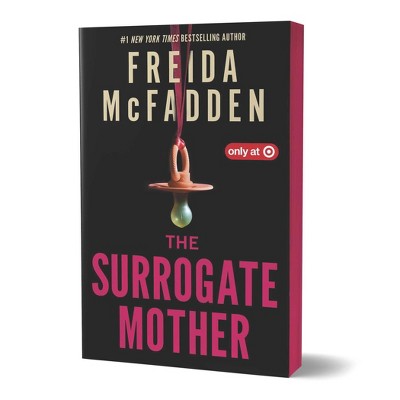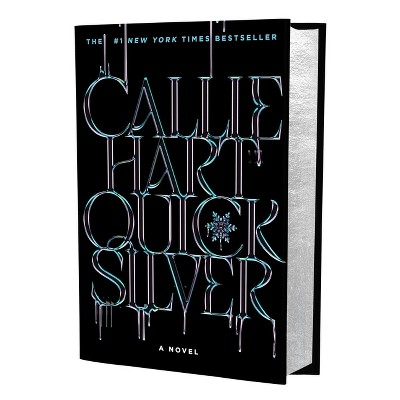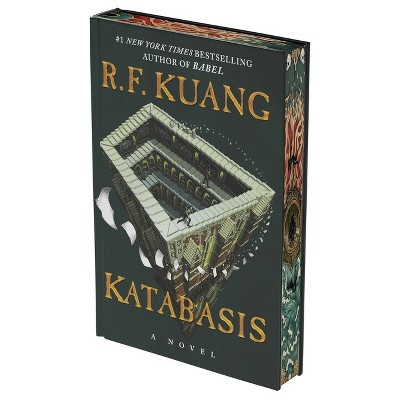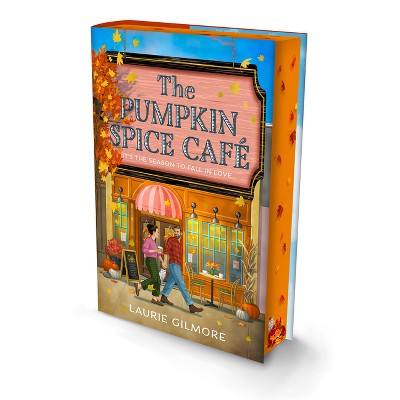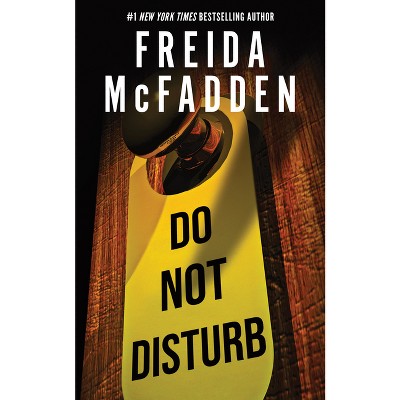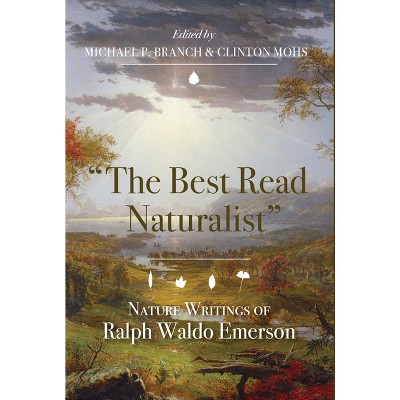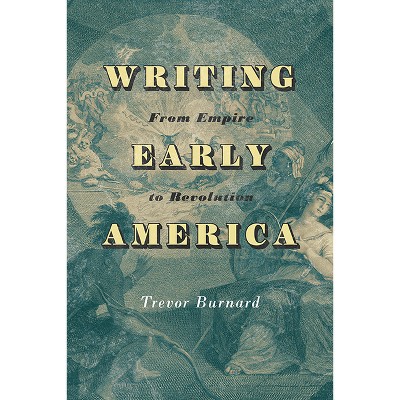About this item
Highlights
- Adopting the term "new death," which was used to describe the unprecedented and horrific scale of death caused by the First World War, Pearl James uncovers several touchstones of American modernism that refer to and narrate traumatic death.
- About the Author: Pearl James, Associate Professor of English at the University of Kentucky, is editor of Picture This: World War I Posters and Visual Culture.
- 272 Pages
- Literary Criticism, American
Description
About the Book
These writers, James argues, have much to say about how the First World War changed death's cultural meaning.Book Synopsis
Adopting the term "new death," which was used to describe the unprecedented and horrific scale of death caused by the First World War, Pearl James uncovers several touchstones of American modernism that refer to and narrate traumatic death. The sense of paradox was pervasive: death was both sanctified and denied; notions of heroism were both essential and far-fetched; and civilians had opportunities to hear about the ugliness of death at the front but often preferred not to. By historicizing and analyzing the work of such writers as Willa Cather, Ernest Hemingway, F. Scott Fitzgerald, and William Faulkner, the author shows how their novels reveal, conceal, refigure, and aestheticize the violent death of young men in the aftermath of the war. These writers, James argues, have much to say about how the First World War changed death's cultural meaning.
Review Quotes
James's study paves the way for further examination of New Death in American literature .
--Aristi Trendel, Universite du Maine, FranceIn discussions of canonical works about which much has already been written, The New Death is at the same time grounded in each work but also innovative.
-- "American Literature"James's clearly written and innovative close readings provide considerable food for thought. This is a readable, interesting and sometimes provocative.
-- "Literature & History"James's fascinating book deepens our understanding of American Modernism and the profound cultural effects of the Great War.
--Daniel Murphy, Hanover CollegeThese are rich and often brilliant close readings, and they support the author's argument that the trauma of the Great War--'new death'--lurks in more literary corners than we have previously recognized.
--Steven Trout, University of South AlabamaWritten in a refreshingly approachable language and illustrated with numerous examples from these works, James's study offers a new view of how World War One changed the cultural meaning of death and how this meaning continues to be dealt with in popular novels today.
-- "Roads to the Great War"About the Author
Pearl James, Associate Professor of English at the University of Kentucky, is editor of Picture This: World War I Posters and Visual Culture.

